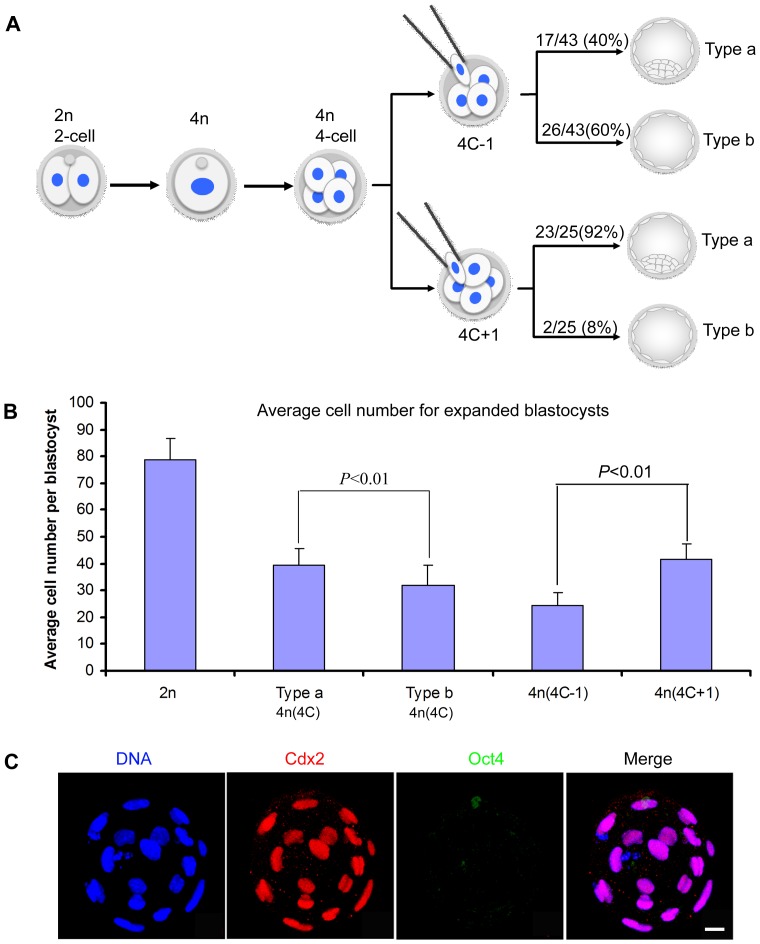Figure 2. Cell number of early embryos determines the formation of type a and type b blastocysts.
(A) Schematic illustration of how increasing or decreasing one blastomere at the 4-cell stage 4n embryos significantly affects type a and type b blastocyst formation. 4C-1: Removal of one blastomere at the 4-cell stage, the ratio of type a and type b blastocysts are 40% and 60% (χ2-test, P<0.01), respectively. 4C+1: Injection of an additional tetraploid blastomeres at the 4-cell stage, the ratio of type a and type b blastocysts are 92% and 8% (χ2-test, P<0.01), respectively. The ratio of type a and type b blastocysts in normal 4n embryos are 56% and 44%. (B) Average cell numbers of expanded blastocysts. 4n(4C):The average cell number in type b blastocysts from normal 4n embryos is lower than in type a blastocysts (t-test, P<0.01). 4n(4C-1): The cell number in the blastocysts from embryos with one blastomere removed at the 4-cell stage (type a and type b were not grouped). 4n(4C+1): The cell number in the blastocysts from embryos where one 4n blastomere was added at the 4-cells stage. 2n: Normal expanded 2n blastocysts. (C) A type b 4n blastocyst from 4C-1 embryos showing the decreased cell number and missing the ICM. Scale bar: 20 µm.

